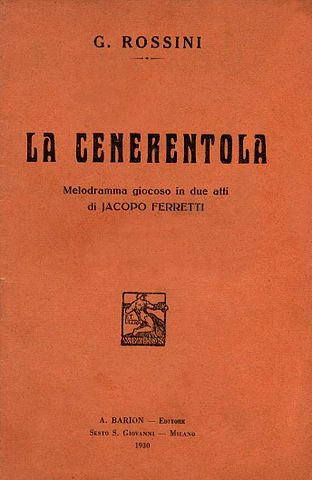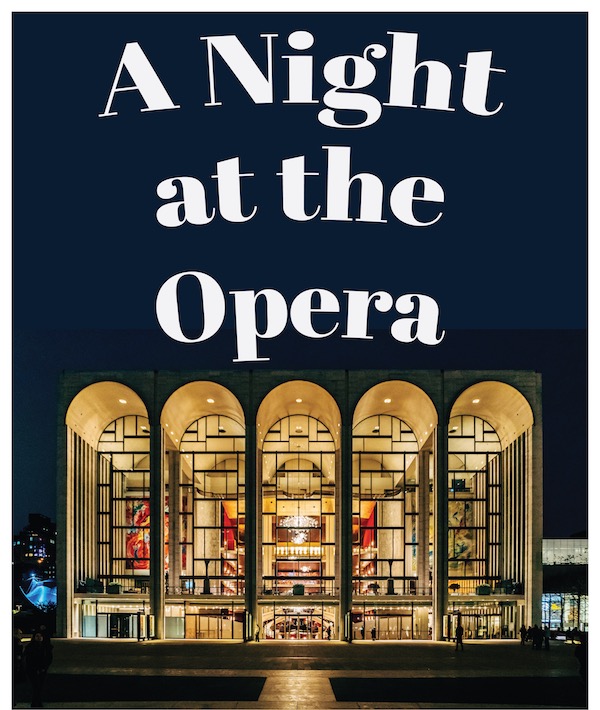
Opportunities for viewing high-quality opera productions at home are increasing. In fact, you can now rent them on demand just as you would with a movie.
For that reason, we started this series of live webinars and keep them in recorded form for future viewing.
In these sessions, Professor Carol will tell you what to expect, what to watch for, which are the most important scenes and most beautiful arias and choruses, and how to involve your children in experiencing opera. Sometimes, the series includes ballets and oratorios as well. If you are new to such staged music drama, this is a great way to learn why they remain one of the most popular art forms ever.

Next Opera
To be announced. Please check back.
Free Recorded Sessions
Members of the Circle of Scholars have access to all recorded session through the Member Dashboard.
Puccini: Gianni Schicchi
Puccini’s comic one-act opera Gianni Schicchi features one of his most beloved arias “O mio babbino caro.”
On the surface, it is a formulaic work in the style of an 18th-century opera buffa, much as Mozart would have written. Laced into it, however, is Puccini’s luscious sense of melody, harmony, and dramatic timing.
Kern & Hammerstein: Showboat
Showboat (1927) is regarded as the first real Broadway Musical. It remains a blockbuster until today, both for the power of its story and for its fabulous hit tunes like “Ol’ Man River” and “Make Believe.” Showboat would be followed by many innovative American musicals, including a string of spectacular shows that Hammerstein would write with composer Richard Rogers. But the root of it all was Showboat.
Bizet: The Pearl Fishers
Georges Bizet’s opera “The Pearl Fishers” (“Les pêcheurs de perles”) is a romantic tale set in ancient Ceylon. It tells the story of two friends who fall in love with the same woman, threatening their bond. With beautiful melodies, exotic orchestration, and lyrical arias, the opera explores themes of friendship, love, and sacrifice.
Gilbert & Sullivan: The Pirates of Penzance
Chocked full with clever wit, grand vocabulary, and rewarding tunes, the story involves a lad apprenticed to pirates who discovers he is not liberated on his 21st birthday (as he thought). Being born on Leap Day, he has chalked up only five birthdays thus far!
The classic characters of the lad Frederic, his boisterous pirate king, the forlorn matron Ruth who has cared for the pirates, the charming lass Mable, and the pompous Major General make this opera an audience favorite sure to delight all ages.
Dvorak: Rusalka
Antonin Dvořák’s Rusalka stretched far beyond the outlines of “The Little Mermaid” tale, transforming it through stunning melodies, lavish orchestral sounds, cheerful Slavic dances, and riveting passages of tragic lament (she really should have stayed in the water, don’t you know!).
Underlying it all is the theme of redemption—a theme that attracted many Romantic composers in the late 19th century.
Handel's Messiah: Parts II and III
Shortly before Christmas, we did a webinar on Part I of Handel’s Messiah (the Christmas part). Now it’s time to take a look at the rest of this iconic oratorio, the parts that concern the Passion and Resurrection.
Handel: Messiah (Part I)
Messiah was the sixth in the string of Handel’s oratorios written for English audiences, the successes of which revived his career. Still, he’d be astonished at the reputation Messiah enjoys today. That reputation begs the question: How could an anomalous oratorio, dashed off for a limited purpose, become such an internationally acclaimed cultural icon? This is one of the many questions we will answer during our exploration of Part I of Messiah (the Christmas Part).
Donizetti: The Elixir of Love
This concise, delightful work, penned quickly by master composer Giacomo Donizetti, abounds in humor and lyricism. It has several “ hit tunes”—one of which may melt your heart. It also includes arguably the best comic role ever written for a bass singer (basso buffo).
Gershwin: Porgy and Bess
DuBose Heyward’s Porgy told the unlikely story of a noble, crippled black man who had found a way to survive in a deeply rooted black tenement of Charleston, South Carolina known as Catfish Row. For its time, the book gave a realistic picture of life within the Creole community descended from slaves known as the Gullah-Geechees. Fascinated by the story, the brilliant composer George Gershwin worked out an operatic version aided by Hayward. Gershwin’s brother Ira, a top lyricist, wrote the lyrics for the songs. Porgy and Bess (1927) still stand as both George’s and Ira’s greatest masterpiece.
Prokofiev: Romeo and Juliet
Dance has been a prominent part of opera. The French even considered it essential, and no opera in France would be well received without it.
Considered by many to be Prokofiev’s masterwork, the ballet Romeo and Juliet still today moves audiences. The music itself is ravishingly beautiful, and most professional dancers or choreographers will name it as one of the finest ballet scores ever written. The work is constantly produced by companies across the world. Certain excerpts have found a popular audience, too. As an example, a recent Disney-type animated film chose to use the dynamic music from the “Dance of the Knights” as its score for the battle scene between the major characters!
Wagner's Die Walküre
The stolen Rhine gold still in the hands of the giant Fafner, time has passed. Wotan’s confidence has wavered, but his affection for his warrior-daughters “The Valkyries” has not. Of these daughters, the fiery Brunhilde serves as his alter-ego.
A second child speaks to Wotan’s heart, too: the young warrior Siegmund. In this second opera of The Ring, Siegmund, desperate and pursued, stumbles into the household of cold and calculating Hunding, where he finds the luminous woman who is his soulmate and more. The fate of all three characters will be drastic and leads to the crux of the entire tetralogy: Brunhilde’s fall from grace and her elevation into a ring of fire, awaiting a true and courageous hero.
Weaving the themes that made Rheingold so gorgeous with a roster of powerful new melodies, Wagner explores concepts of fate, love, and heroism in Die Valkyrie. And don’t forget that this opera contains arguably opera’s most iconic scene: the “Ride of the Valkyries.”
Verdi: A Masked Ball
It has been called Verdi’s most underrated opera with a rollercoaster libretto.
An unusual mix of comedy and tragedy, the story is based on the historic assassination of King Gustavus III of Sweden. It happened at a masked ball in 1792. To avoid the censors, however, Verdi moved the action to Boston.
Richard Wagner: Lohengrin
Wagner’s Romantic opera of 1850 is based on the 13th-century tale of the Knight of the Swan in which the hero arrives in a swan-drawn boat to rescue the falsely accused Elsa on the condition that she never ask his name.
Beethoven: Fidelio
When opera was the measuring stick for a composer’s fame and financial success, the fact that Beethoven completed just one opera is significant. Instrumental works like symphonies and sonatas fascinated him far more than opera. .
Still, he struggled with fashioning this opera almost as mightily as Jacob struggled with the angel! Finally, after three versions and four different overtures across a period of nearly ten years, Fidelio found success.
Fidelio is a powerful work, with scenes of extraordinary beauty and a strongly moral, uplifting message.
Donizetti: The Daughter of the Regiment
Or, La fille du régiment
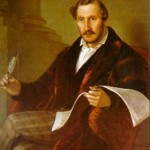 This comic opera by Gaetano Donizetti premiered in 1840.
This comic opera by Gaetano Donizetti premiered in 1840.
Marie, abandoned on the battlefield as a baby, has been raised by the soldiers who found her. But now she has been identified as a relative of the Marquise, who grooms her for society and arranges a marriage. Marie, however, is in love with a soldier.
Basic Training
A crash course in everything you need to know to love opera.
This webinar will give you an overview of opera history and introduce you to major styles and concepts.
References are made to the first opera: Claudio Monteverdi’s Orfeo (1607) and its dramatic opening toccata. View here.
Available on Pay Per View
Mozart: Don Giovanni
Considered one of Mozart’s most important masterpieces, this “dramma giocoso” blends elements of comedy with the dramatic (and drastic) tale of a rake who eventually gets his due. Hence its subtitle: The Libertine Punished.
The libretto was penned by Lorenzo da Ponte with whom Mozart had teamed for The Marriage of Figaro and Cosi fan tutte.
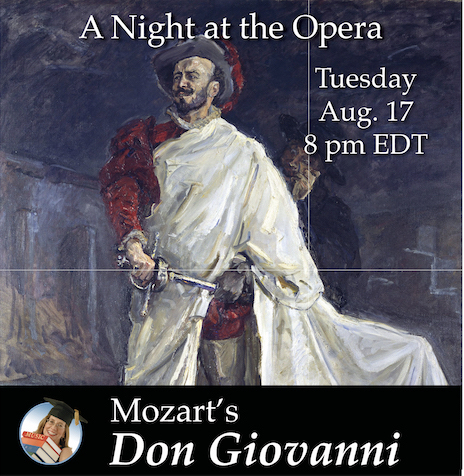
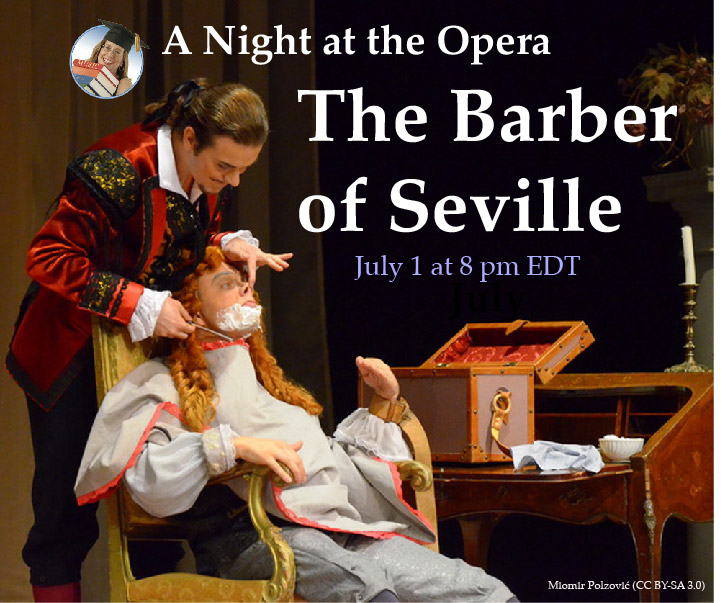
Rossini: The Barber of Seville
Rossini’s famous and ever-popular opera buffa of 1816, based on the play by Pierre Beaumarchais, is comedic opera at its best. It is the precursor to The Marriage of Figaro.
Rodgers & Hammerstein: Carousel
Broadway Musicals are American operas. Rodgers & Hammerstein’s 1945 Carousel ranks as one of their best.
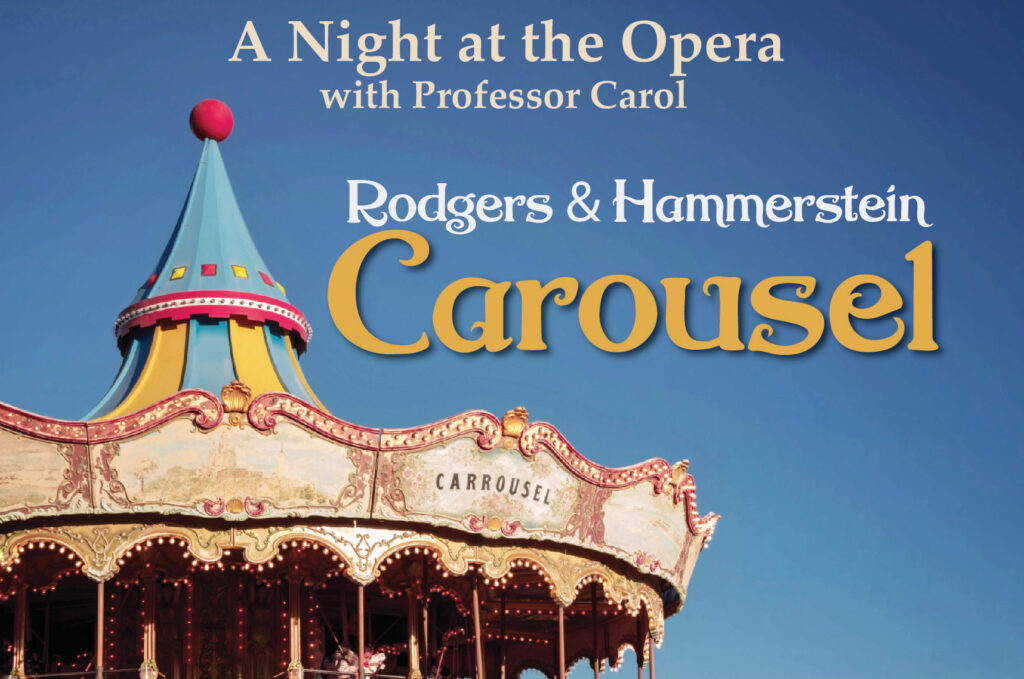
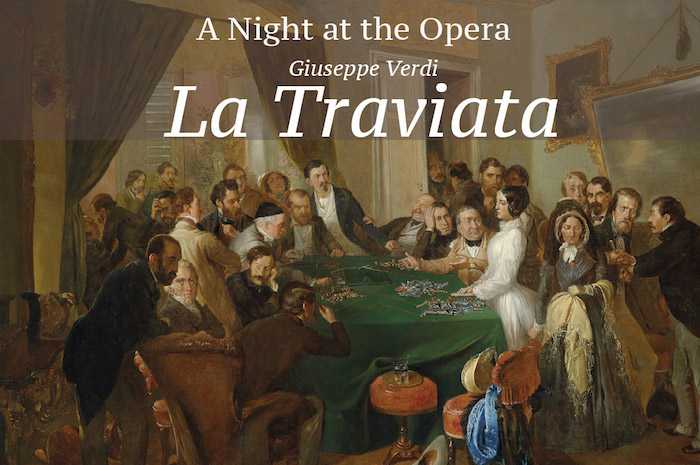
Verdi: La Traviata
A staple of the operatic repertoire, this tragic love story features some of Verdi’s most lyrical melodies.
The character of Violetta dominates the work and her music changes as she develops through the drama, from the hectic, almost hysterical coloratura of the first act, to the more dramatic passages of the second, and the spiritual quality of her music as she departs life in act 3.
Hadyn: The Creation
Yes, Haydn’s The Creation is an oratorio, not an opera. But we are in the Lenten season when opera theaters were traditionally closed. Oratorios substituted for opera and were allowed because they were not staged. Performances occurred not in the theaters, but in the church’s prayer hall or Oratory.
In this session we take a look at one of the greatest and most original works of the genre. Based on the biblical account in Genesis, with additional text from the Psalms and Milton’s Paradise Lost, Haydn proves himself a master of text painting.
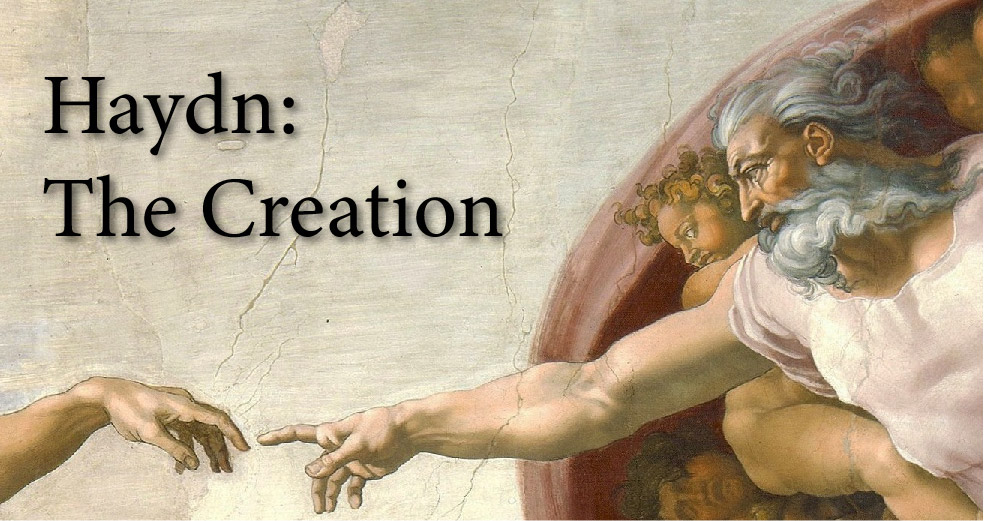
Bizet: Carmen
Pay per view. Carmenis not a happy tale, yet the music is far too exciting to ignore. One hears it everywhere, from speakers in restaurants to background music in commercials. So expect your little children hearing the “Toreador March” to march gleefully around the room, replete with batons, flags, and waving scarves. Not a single young child will ask, or care, whether this toreador character is a cad who will flip the drastic plot into its tragic end.
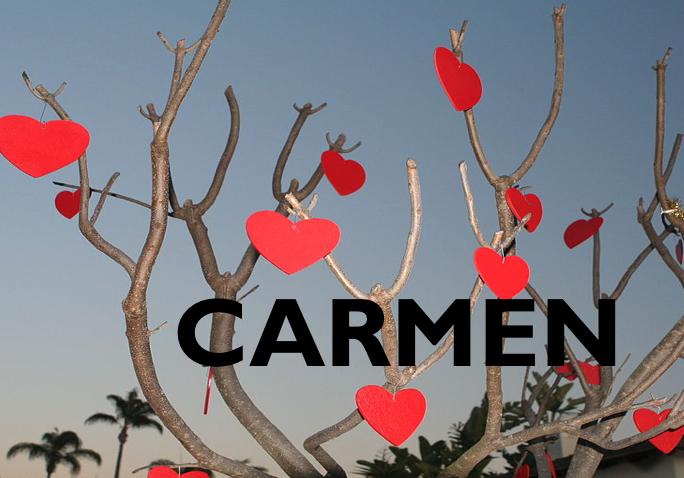
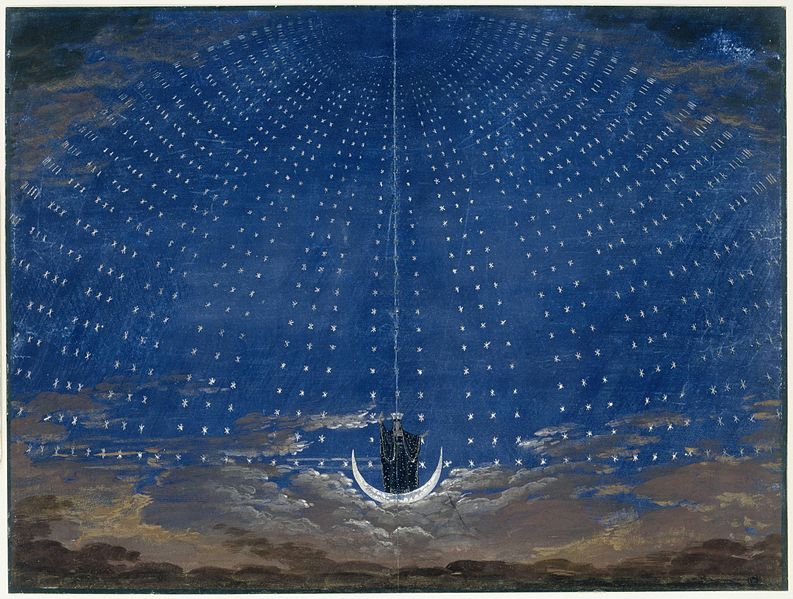
Mozart: The Magic Flute
A perennial favorite
A Singspiel opera is one that includes both singing and spoken dialogue and often features magic, fantastic creatures, and comically exaggerated characterizations of good and evil. The Magic Flute includes all that and is sure to be a hit with children as well as adults.
Claudio Monteverdi: L'Orfeo
Monteverdi gets credit for writing the first opera at the dawn of the Baroque era: L’Orfeo (1607), regarded as a masterpiece of both music and drama.
The opera tells the classical tale of Orpheus descending into Hades in a failed attempt to bring his bride Eurydice back among the living.
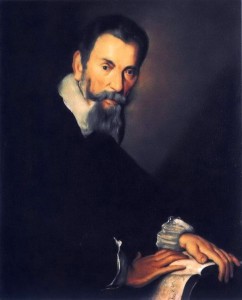
Menotti: Amahl and the Night Visitors
An American Masterpiece. On their way to visit the Christ Child, the three Kings lodge for a night in the home of a mother and her crippled child.
Carol says: I know no piece of music quite as perfect in proportion, craft, and beauty as this touching work. After it was commissioned for broadcast by NBC in 1951 (becoming the first opera to be written for television), live performances were shown, with great fanfare, until 1963. Then a dispute arose with Menotti over the network’s decision to show Amahl in a pre-recorded version. As a consequence, the traditional broadcast (eagerly anticipated by many in my generation) ceased.
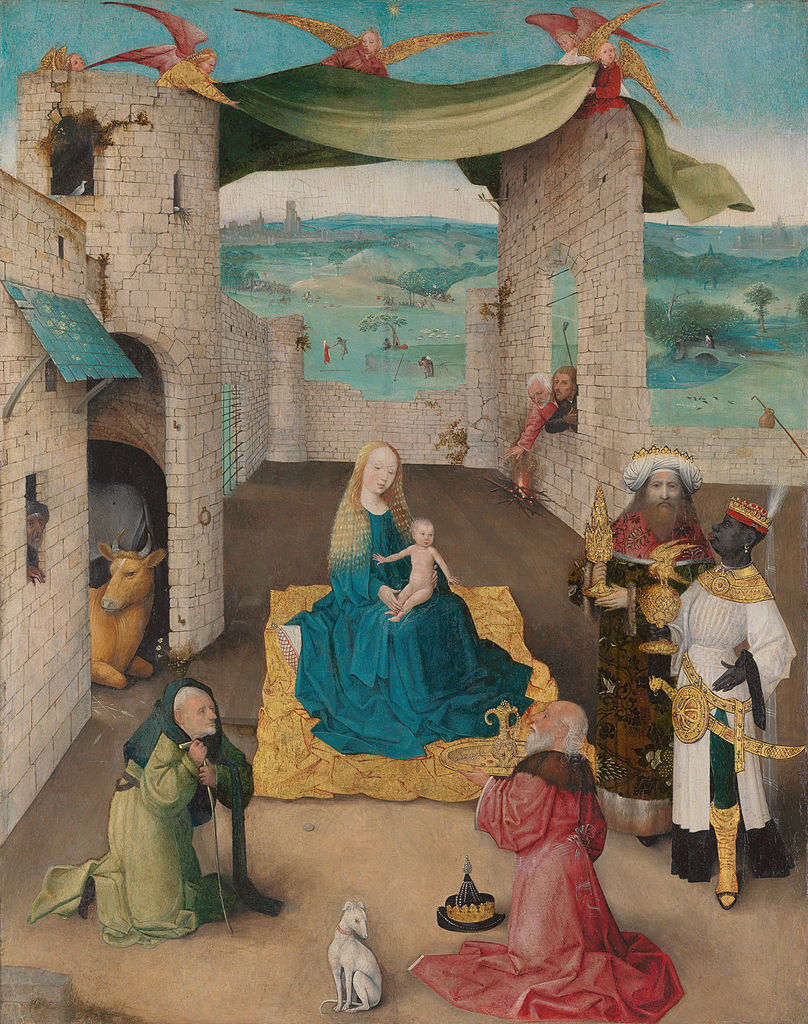
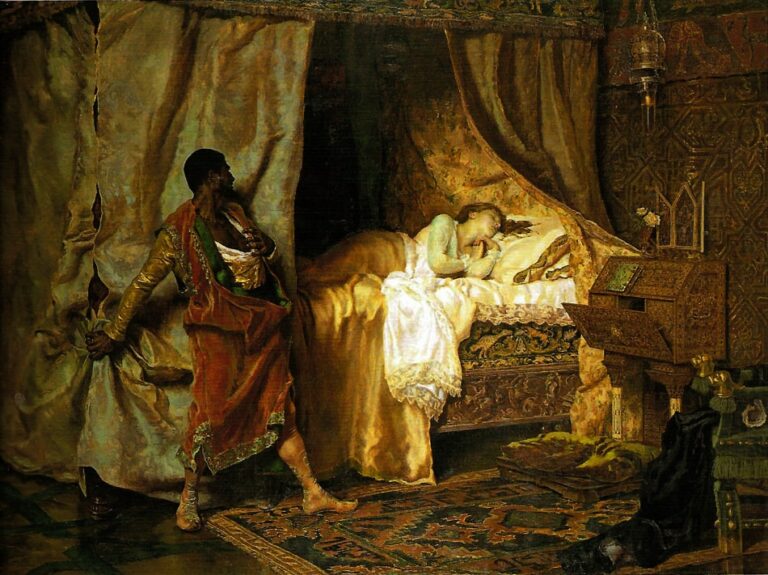
Giuseppe Verdi: Otello
Verdi’s opera based on the Shakespeare play Othello was written at the end of Verdi’s career. It premiered in 1887 and met with immediate success.
Richard Wagner: Das Rheingold
The first opera of Richard Wagner’s ground-breaking Ring Cycle (premiered in 1869) in which Alberich steals the Rhine gold to make the all-powerful ring and the god Wotan steals the ring to pay his debt to the giants who built Valhalla.
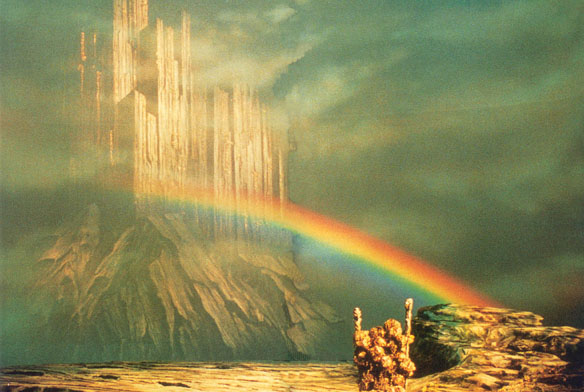
Humperdinck: Hansel and Gretel
Engelbert Humperdinck’s 1893 opera Hansel und Gretel is far more than a good opera for children. Audiences of its time hailed it for extending the vital ideas, musical and otherwise, set forth by Romantic composers like Wagner, including the ever-powerful concept of Redemption.
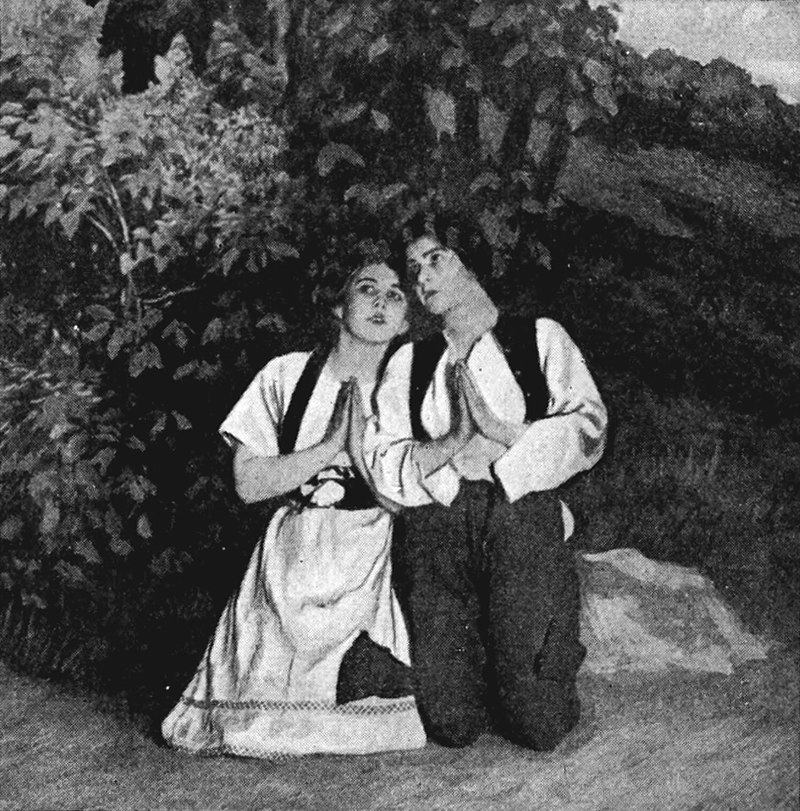
The Victrola Book of Opera (1917)
Eugene Onegin - Two Russian Masterpieces
The Novel in Verse
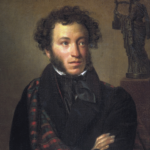 Few literary works have had more significance than Pushkin’s 1833 poetic novel about the modest, inquisitive country maiden Tatiana and her encounters with the urbane, dashing Evgenii. Pushkin takes us not only into the psyche of his characters, but deep into the culture of post-Napoleonic Russia. Here, in Eugene Onegin we find the birthing ground of the better-known masterpieces of Russian literature like Anna Karenina.
Few literary works have had more significance than Pushkin’s 1833 poetic novel about the modest, inquisitive country maiden Tatiana and her encounters with the urbane, dashing Evgenii. Pushkin takes us not only into the psyche of his characters, but deep into the culture of post-Napoleonic Russia. Here, in Eugene Onegin we find the birthing ground of the better-known masterpieces of Russian literature like Anna Karenina.
The Opera
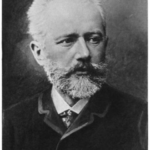 Tchaikovsky’s bold decision to turn Pushkin’s novel into an opera was not an easy one. Both composer and librettist were forced to make significant compromises. But the resulting work of 1879 is hauntingly beautiful and magnificent in every way!
Tchaikovsky’s bold decision to turn Pushkin’s novel into an opera was not an easy one. Both composer and librettist were forced to make significant compromises. But the resulting work of 1879 is hauntingly beautiful and magnificent in every way!
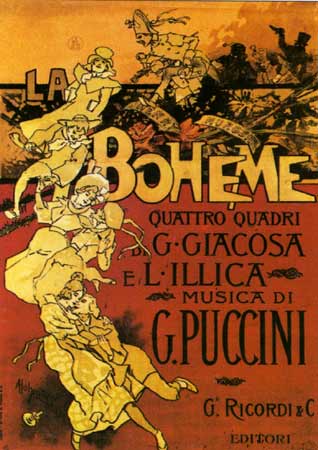
Puccini: La Bohème
Why do I recommend La Bohème as a first opera? Well, for starters, it’s not long. (That matters, especially for kids.) It runs about two hours, with four short acts between that last about 30 minutes each. It boasts several “hit tunes” that are likely to be familiar (Musette’s waltz: Quando me’n vo’; Mimi’s plaintive aria Sì, mi chiamano Mimì). Read more
Plus, Mimi Dies
Rossini: La Cenerentola
Rossini’s version of the classic Cinderella tale—without the pumpkin and mice—presents a warmer, deeper story of human fortitude and forgiveness. See how he wove a perfect blend of comedy and drama to become the all-time master of comic opera!
Read more: Children’s Natural Love for Opera.
